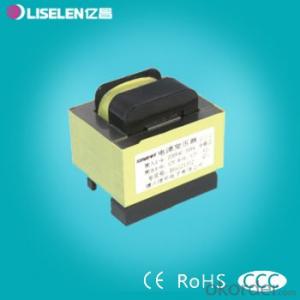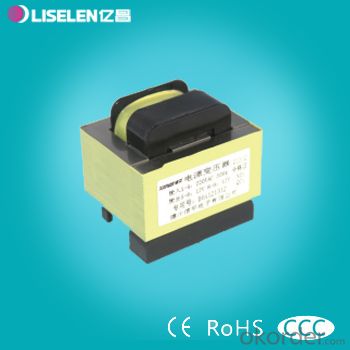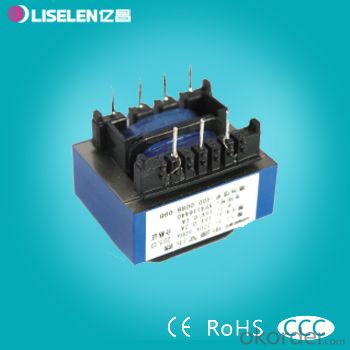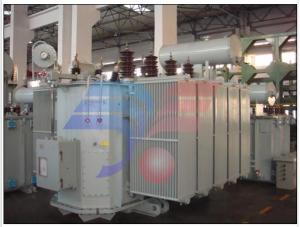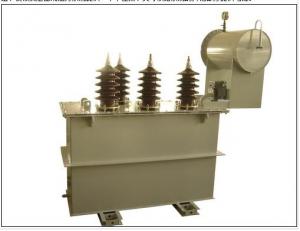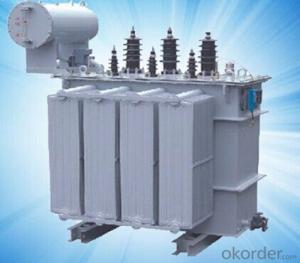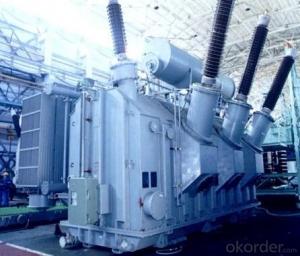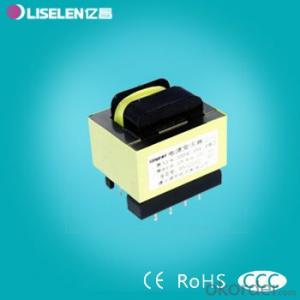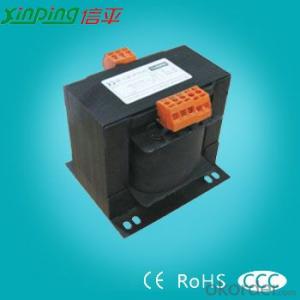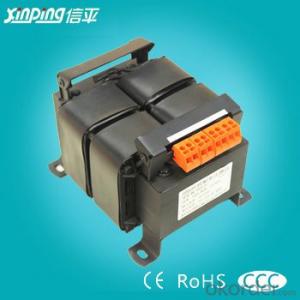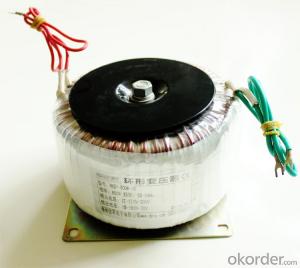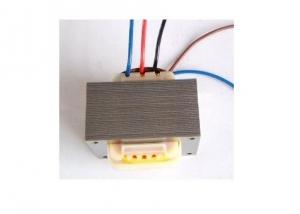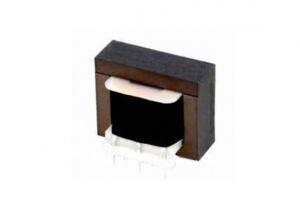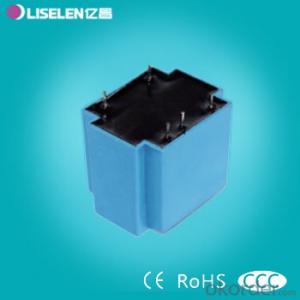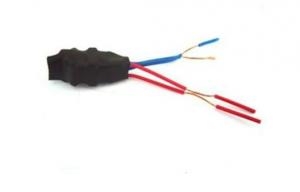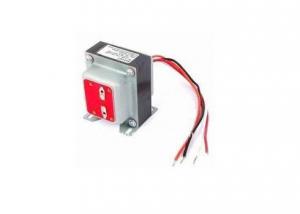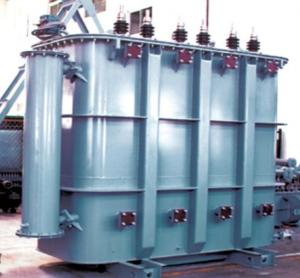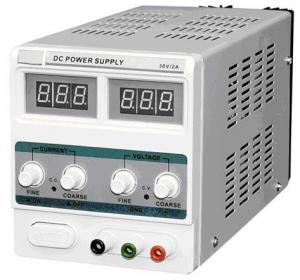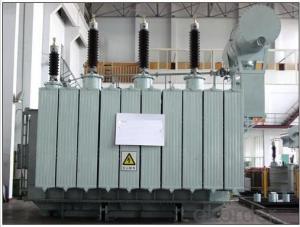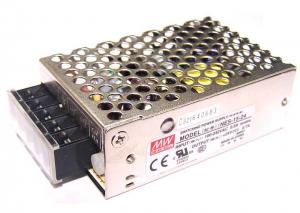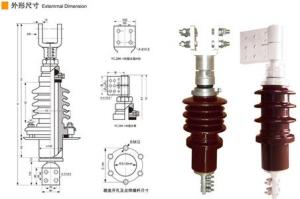Low Frequency EI In-line Transformer
- Loading Port:
- Tianjin
- Payment Terms:
- TT OR LC
- Min Order Qty:
- 1000 unit
- Supply Capability:
- 50000 unit/month
OKorder Service Pledge
OKorder Financial Service
You Might Also Like
Products can be customized according to customer requirements!

Large, small household electrical appliances, small power industrial products, instrumentation and other industries.

Wide range, high stability, easy installation, low noise. The coating lines were used for the F grade 155. Silicon steel sheet used in domestic famous brand products. Automated processing and production of shipments to ensure product consistency while improving the quality level.



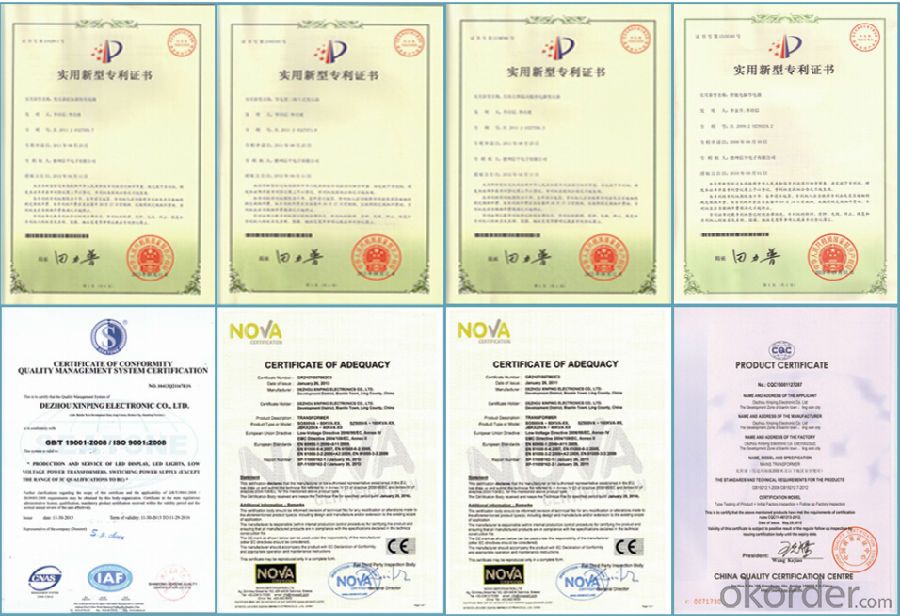

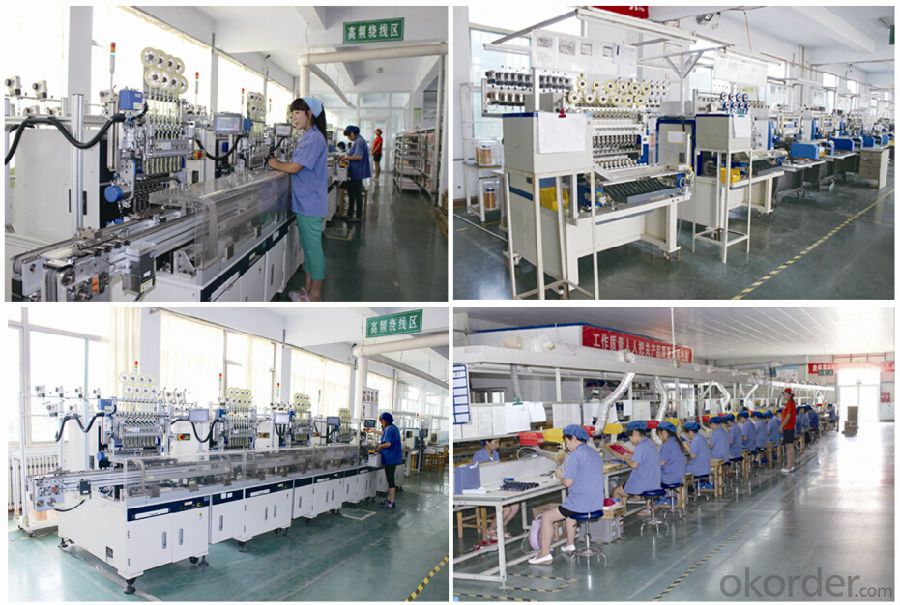
Company have 21 years of business history, set research and development, production and sales as one of professional transformer manufacturing enterprises, also is transformer industry of Shandong Province CQC certification (the original Great Wall certification system, certification time longest enterprises (14 years), mainly produce and sell all kinds of transformer products, including: (transformer Division) three-phase dry type transformer, intelligent three-phase servo transformers, BK\JBK1\JBK3\JBK5 control transformer, toroidal transformer, (small transformer Division) pin, potting type, lead type power transformer series products. (high-frequency transformer Division) EE series, EFD series, PQ series, filter, I-inductor, loop inductance etc..
We are able to supply various types of terminal blocks according to clients' requirement,Please contact us so we can offer you the best quality,competitive price and timely delivery.
- Q: As a small project I wish to wire a microwave transformer to create arcs in air via use of a wand (and yes I will be taking the necessary precautions but that's step 2) first I need to know a couple things: 1 on the high voltage secondary is it really as simple as take the two leads and put them anywhere near eachother? Would that not create a MASSIVE short circuit? Most of the tutorials I've seen use in series so perhaps that negates it in some way? Or am I reading it wrong? Is there some sort of safe load used? Or does it really arc to itself? And 2 what is a good way of preventing it from overheating (if that is a problem). This will probably be used as a Jacob's ladder or old motherboard destroyer. Thanks so much for the help!
- Don't.
- Q: Design a control circuit to step-up/step-down the voltage either in primary or secondary side of the transformer. The tapping (step-up/step-down) of the transformer must be auto controlled by VB program.For example, suppose if the desire voltage in the secondary of the transformer is 15V, but because of the loss, the voltage might drop to 12V. So, a sensor is used to detect this drop and send the message to VB. VB will process the message and send the reply signal to control circuit so that the voltage will step up (compensated) to 15 V. If the voltage exceeds 15 V, VB has to rectify it also.Can anyone please show me some guidances or circuit diagram of this project? Thank you!!!!
- You are very much over-complicating the problem. All you need is to get an 18-volt transformer and design a 15 volt voltage regulator circuit based on it. Radio Shack has lots of books, parts, and resources to get you going. Also, check your local public or college library for electronics books. Have fun!
- Q: i am going to the mall and getting a target transformers pc game!anyone want to tell me about it?or anything i need to know or any cheats you can give me
- Download: okorder
- Q: hi can anyone tell me when installing/replacing a door bell transformer when switching off power supply at main source will that make it safe to work with the connections, it keeps telling us to turn fuses off well it dont have fuses its a circuit breaker. so do we turn circuit breaker off asweel as main supply into house. may be a silly question to ask but dont wnat any trips to A nad E lol thanks guys xxx
- Although, I have not tested a unit like you mention, I would get the 1.5a unit because that is the maximum it puts out in amperage. If your bell uses less its OK
- Q: Transformer cooling method AN stands for what
- The cooling mode of the transformer is determined by the cooling medium and the circulation mode. Dry-type transformer cooling method is divided into natural air cooling (AN) and forced air cooling (AF); oil-immersed transformers commonly used cooling methods are generally divided into three types: oil-immersed self-cooling, oil-immersed air-cooled, forced oil circulation.
- Q: How to measure check the good transformer ?kindly if anyone might upload the video for me . in this regarddo we have to take it out of the board ? (isolate from other components) .what to check . what should be the values ?when checking , supply should keep on or not ?any website that explain these things and upload the videos in these kind of matters . I want to learn the repairing and maintenance of electronic electrical devices instruments of daily use ?thanksGOD BLESS YOU ALL
- You should compare the readings and current drawn off load with a similar transformer that is known to be good, do this, Measure the off load current at the primary with the secondary terminals disconnected, all current drawn will be due to hysteresis loss and any shorted turns. Measure the output voltage off load. Do this with both the suspected and the identical 'known to be good' transformer and expect similar results. For a double wound isolating transformer, also check for electrical separation between primary and secondary windings. Should be in the order of megohms.
- Q: Hi. I love the music from the movie Transformers, but none of its in the soundtrack I like the theatrical music played throughout the movie. Its all instrumental and there are no words, very good stuff. I thought it might be Hanz Zimmer who did it but I cant find out if it is him or not and how to get the music. The soundtrack bellow is not the one im looking for.1. What I've Done - Linkin Park2. Doomsday Clock - Smashing Pumpkins3. This Moment - Disturbed4. Before It's Too Late (Sam And Mikaela's Theme) - Goo Goo Dolls5. Pretty Handsome Alukward - The Used6. Passion's Killing Floor - HIM7. What's It Feel Like To Be A Ghost? - Taking Back Sunday8. Second To None - Styles Of Beyond Featuring Mike Shinoda9. End Of The World - Armor For Sleep10. Retina And The Sky - Idiot Pilot11. Technical Difficulties - Julien-K12. Transformers Theme - MuteMath Just the instrumental work done in the movie. If u know who or where I can or might get it, I greatly appreciate it.
- i detect that lots of the time I do savor the songs/albums I finally end up loving maximum on the commencing up pay attention, just to no longer the full quantity. those that should advance on me thoroughly are not as undemanding. The songs i'm maximum accustomed to are classic rock radio standards i've got been listening to because of the fact in the past i can submit to in suggestions. i've got listened to them maximum of cases without getting unwell of them. whether i'm previous the degree of being obsessed on those songs, I nevertheless discover those songs the main common to savor. Being very accustomed to a music makes it like a convenience nutrition and quite enables my appreciation of it. even although, i would not say I inevitably choose that familiarity to get exhilaration from some thing. Familiarity purely has a tendency to weed out the catchy songs that lack actual substance. i've got no longer at as quickly as theory approximately this in the past, so I make an apology for that jumble. BQ: Coda- Led Zeppelin BQ2: scent the Magic- L7
- Q: I want to make presentation about transformers, I need to know suitable definition.I also want to know the Major Components, and Protection devices.Thanks a lot
- Watch Popular Movies Online
- Q: 1- the properties of electrical transformers . #92;2-their uses . #92;3-their applications.
- Electrical transformers are of two types step-up and step-down. Step up transformers boost your input current where by the step down will decrease the current. Heat will be generated from the transformers as energy is used up. these transformers have to be cooled by either using oil or air. They are used in almost all your electronic gadgets where you use adapters instead of battery, as well as in the circuits. They are used in community power supply
- Q: Transformer stop power operation, the neutral point must be grounded
- A measure taken to prevent overvoltage damage from being turned off the transformer. For the high voltage side of the power supply of the power transformer, when the circuit breaker is not full phase pull, if the neutral point is not grounded the following hazards: 1 transformer power side of the neutral point to ground voltage up to phase voltage, which may be damaged Transformer Insulation 2 Transformer between the high and low voltage winding capacitor, this capacitor will cause the high voltage to the low voltage "overvoltage" 3 When the transformer between the high and low voltage winding capacitive coupling, the low side voltage will reach the resonance conditions, may There is resonance over voltage, damage insulation.
Send your message to us
Low Frequency EI In-line Transformer
- Loading Port:
- Tianjin
- Payment Terms:
- TT OR LC
- Min Order Qty:
- 1000 unit
- Supply Capability:
- 50000 unit/month
OKorder Service Pledge
OKorder Financial Service
Similar products
Hot products
Hot Searches
Related keywords
